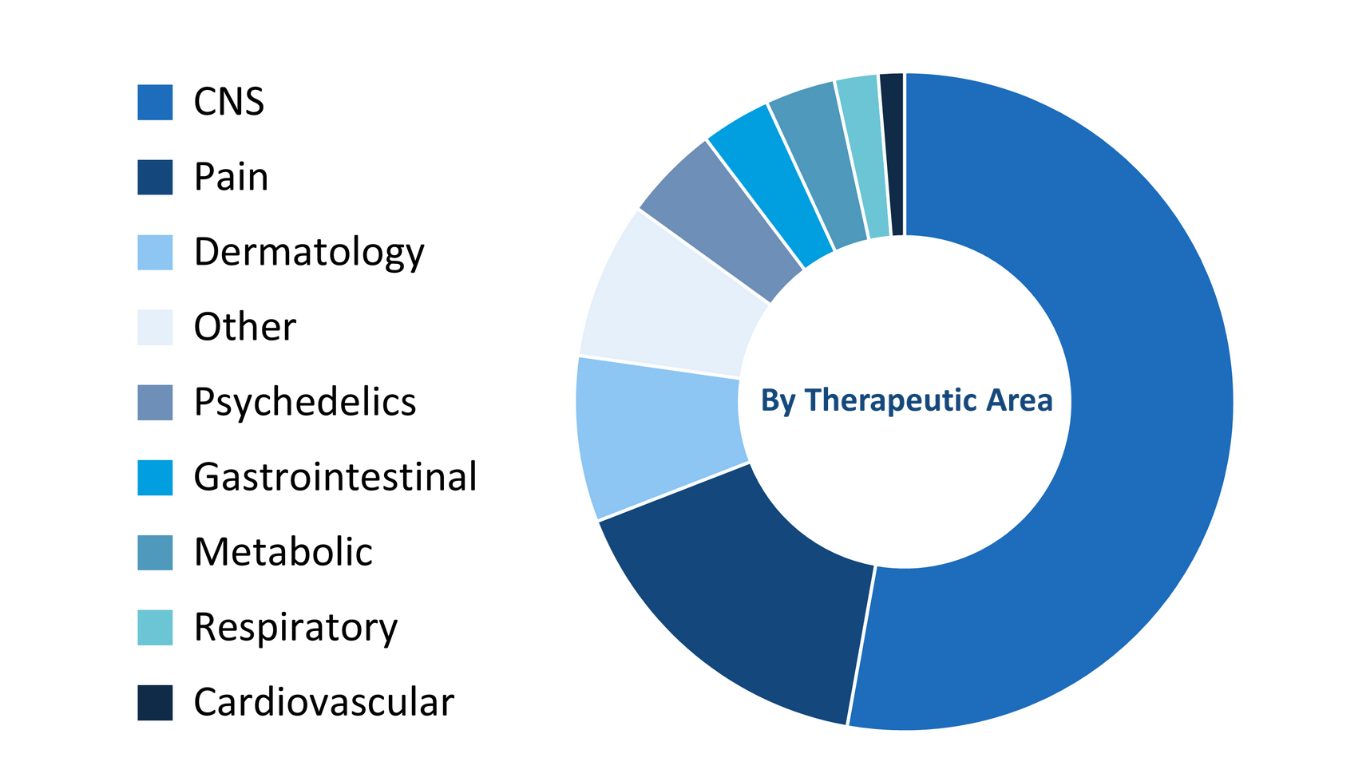
Abstract
Objectives: To determine the safety, pharmacokinetics (PK), and immunogenicity of the recombinant human monoclonal antibody MOR103 to granulocyte-macrophage colony-stimulating factor (GM-CSF) in patients with multiple sclerosis (MS) with clinical or MRI activity.
Methods: In this 20-week, randomized, double-blind, placebo-controlled phase 1b dose-escalation trial (registration number NCT01517282), adults with relapsing-remitting MS (RRMS) or secondary progressive MS (SPMS) received an IV infusion of placebo (n = 6) or MOR103 0.5 (n = 8), 1.0 (n = 8), or 2.0 (n = 9) mg/kg every 2 weeks for 10 weeks. Patients had to have ≤10 gadolinium (Gd)-enhancing brain lesions on T1-weighted MRI at baseline. The primary objective was safety.
Results: Most treatment-emergent adverse events (TEAEs) were mild to moderate in severity. The most frequent was nasopharyngitis. Between-group differences in TEAE numbers were small. There were no TEAE-related trial discontinuations, infusion-related reactions, or deaths. Nine patients experienced MS exacerbations: 3, 5, 1, and 0 patient(s) in the placebo, 0.5, 1.0, and 2.0 mg/kg groups, respectively. A few T1 Gd-enhancing lesions and/or new or enlarging T2 lesions indicative of inflammation were observed in all treatment groups. No clinically significant changes were observed in other clinical assessments or laboratory safety assessments. No anti-MOR103 antibodies were detected. PK evaluations indicated dose linearity with low/no drug accumulation over time.
Conclusions: MOR103 was generally well-tolerated in patients with RRMS or SPMS. No evidence of immunogenicity was found.
Classification of evidence: This phase 1b study provides Class I evidence that MOR103 has acceptable tolerability in patients with MS. Neurol Neuroimmunol Neuroinflamm 2015;2:e117; doi: 10.1212/NXI.0000000000000117.









